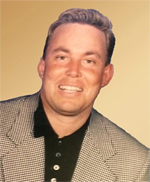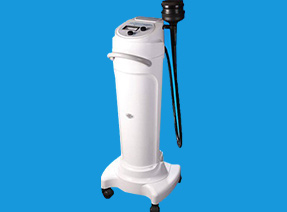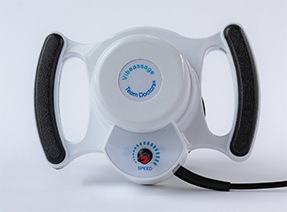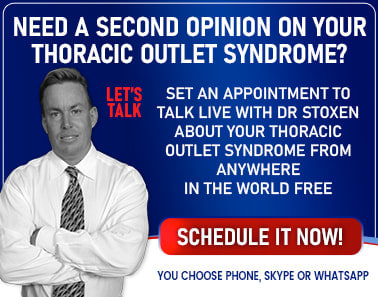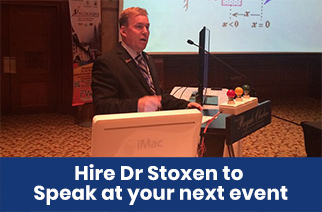A patient recently contacted me for treatment after the symptoms of thoracic outlet syndrome returned following the surgery he had a year ago.
Before he flew out to Chicago I asked him to send me a copy of his surgeons report. That was because the incision for his surgery was inferior to the clavicle and not the typical supraclavicular or transaxillary approaches. Also the surgeon said he would remove his first rib without surgical removal of the anterior and middle scalene muscles. When we reviewed the attending surgeons qualifications it listed 10 specialties and none of them were thoracic outlet syndrome.
Next we read the surgeons report. You should always read your surgical report after your surgery with your surgeon.
After reading the report we found out the scalene muscles were removed and only the anterior portion of the first rib. We learned something else which he had not know. On the bottom it read, “As the attending physician, I was present and scrubbed throughout the entire procedure.”
I asked him if he was aware when you have surgery at a teaching hospital with a residency program, residents are going to be involved with your surgery. I also asked him if his surgeon or his team made him aware of this. He said “no”. He later found out that the surgeon he chose did not do the surgery. Residents under this attending physicians guidance performed his entire surgery. The patient wasn’t aware of this and it upset him a great deal.
While attending surgeons are required to supervise, residents are learning how to perform surgery by doing some of your surgery – that’s how the system works.
All residents are closely supervised at each step of the way being permitted to do more of the operation as they have demonstrated competency in a particular task. By the time they have completed their residency – which is five to ten years – they are capable of performing an entire procedure without an attending physician supervising.
All patients should be well-informed before making any major health care decisions like neck surgery. If they haven’t notified you, you should be proactive and ask your surgeon these questions:
- Who will be performing my surgery?
- Which parts of the surgery will a resident be allowed to perform?
- Which parts of the surgery will you be performing, if any?
Even if the surgeon puts you at ease, you may still feel tempted to ask the senior staff physician to perform your entire surgery. Don’t be surprised if there is resistance or the surgeon asks you to go to another hospital. Most attending physicians have a lot of confidence in their team because they trained them.
If you are nervous perhaps you should the hospital what the statistics are for the success rate of thoracic outlet surgeries they have performed. Some hospitals, performing a large volume of thoracic outlet syndrome surgeries, do short and long range outcome studies and publish them in peer review journals. Many of these studies are easily found by going to the National Institutes of Health, US National Library of Medicine.
www.pubmed.gov or www.ncbi.nlm.nih.gov/pubmed/
This is an excerpt from a chapter in Dr Stoxen’s #1 best seller The Human Spring Approach to Thoracic Outlet Syndrome. The book is available on Amazon.com in these 13 counties US UK DE FR ES IT NL JP BR CA MX AU IN on Kindle. The book is available on Amazon.com in these 7 counties US UK DE FR ES IT JP in paperback.
Now spring to action and cancel that surgery! Then, get my book and start reading, learning and healing today!
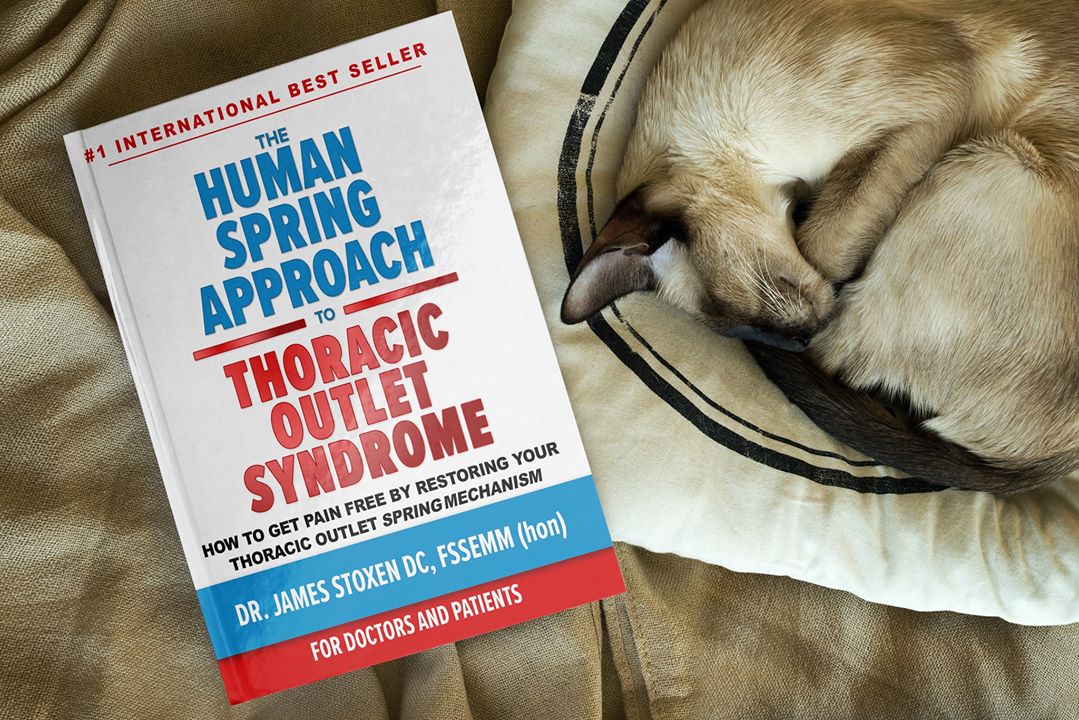
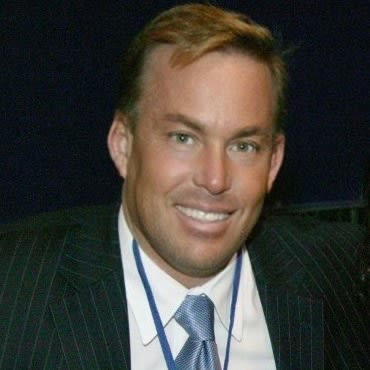
Dr James Stoxen DC., FSSEMM (hon) He is the president of Team Doctors®, Treatment and Training Center Chicago, one of the most recognized treatment centers in the world.
Dr Stoxen is a #1 International Bestselling Author of the book, The Human Spring Approach to Thoracic Outlet Syndrome. He has lectured at more than 20 medical conferences on his Human Spring Approach to Thoracic Outlet Syndrome and asked to publish his research on this approach to treating thoracic outlet syndrome in over 30 peer review medical journals.
He has been asked to submit his other research on the human spring approach to treatment, training and prevention in over 150 peer review medical journals. He serves as the Editor-in-Chief, Journal of Orthopedic Science and Research, Executive Editor or the Journal of Trauma and Acute Care, Chief Editor, Advances in Orthopedics and Sports Medicine Journal and editorial board for over 35 peer review medical journals.
He is a much sought-after speaker. He has given over 1000 live presentations and lectured at over 70 medical conferences to over 50,000 doctors in more than 20 countries. He has been invited to speak at over 300 medical conferences which includes invitations as the keynote speaker at over 50 medical conferences.
After his groundbreaking lecture on the Integrated Spring-Mass Model at the World Congress of Sports and Exercise Medicine he was presented with an Honorary Fellowship Award by a member of the royal family, the Sultan of Pahang, for his distinguished research and contributions to the advancement of Sports and Exercise Medicine on an International level. He was inducted into the National Fitness Hall of Fame in 2008 and the Personal Trainers Hall of Fame in 2012.
Dr Stoxen has a big reputation in the entertainment industry working as a doctor for over 150 tours of elite entertainers, caring for over 1000 top celebrity entertainers and their handlers. Anthony Field or the popular children’s entertainment group, The Wiggles, wrote a book, How I Got My Wiggle Back detailing his struggles with chronic pain and clinical depression he struggled with for years. Dr Stoxen is proud to be able to assist him.
Full Bio) Dr Stoxen can be reached directly at teamdoctors@aol.com






